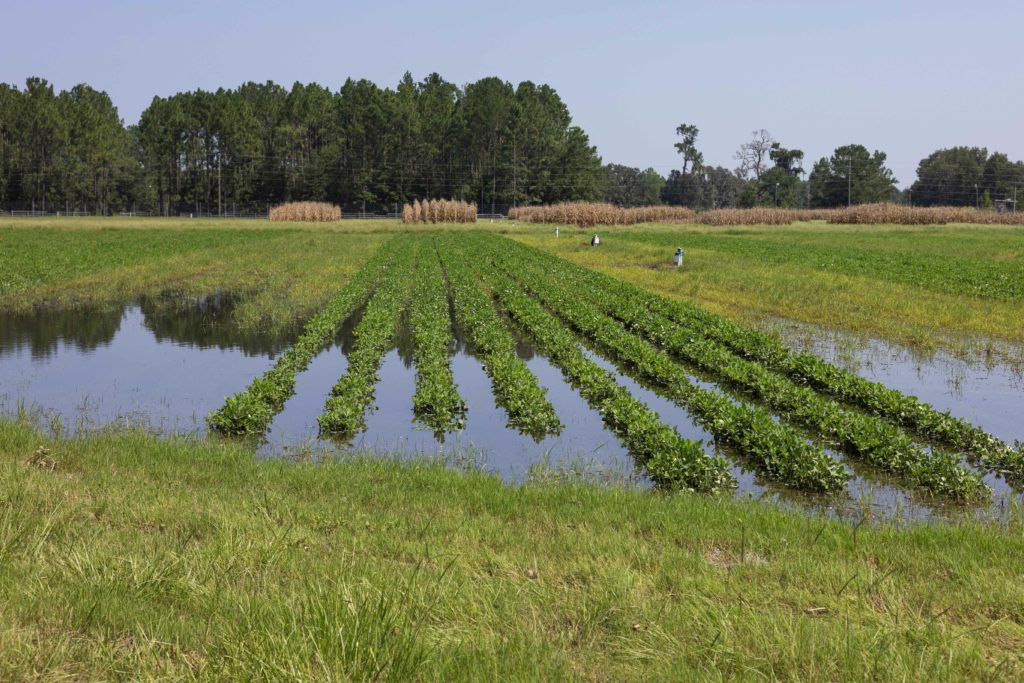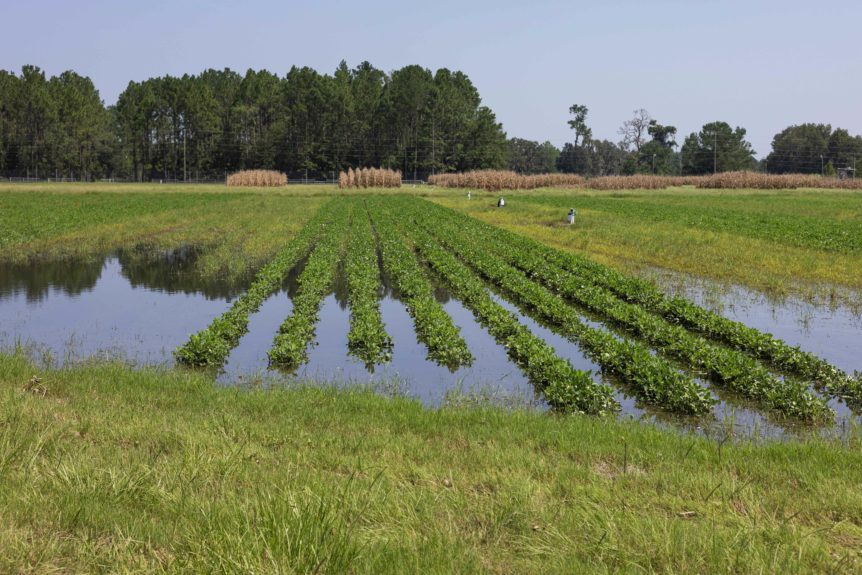
The University of Florida Institute of Food and Agricultural Sciences (UF/IFAS) Economic Impact Analysis Program (EIAP) assesses between $93.7 million and $263.2 million in agricultural production losses for Florida due to Hurricane Debby on Aug. 5.
The preliminary report is based on surveys with producers. The Category 1 storm made landfall on Aug. 5 near Steinhatchee, Florida and affected more than 2.2 million acres of agricultural lands.
Hurricane Debby impacted farmlands that generate more than $3 billion worth of products every year, according to the report. The estimated range of production losses for the current growing season for select commodity groups include:
- Animals and animal products: $41.1 million to $98.5 million
- Field and row crops: $19.3 million to $53.1 million
- Greenhouse/nursery: $15.0 million to $53.6 million
By comparison, Hurricane Idalia, a Category 3 storm, impacted 3.5 million acres last year and caused agricultural production losses valued at $276 million.
“Hurricane Debby’s path through the state largely mirrored Hurricane Idalia’s; however, no two storms are alike,” said Christa Court, UF/IFAS EIAP director. “While Idalia brought more intense winds, Debby was a wetter storm with more agricultural lands experiencing flooding.”
Counties Impacted the Most
Suwannee, Taylor, Lafayette and Dixie counties were hit hardest by Hurricane Debby, but tropical storm-force winds and heavy rain extended as far south as Lee County, according to the report. Parts of northern and Southwest Florida, including Suwannee, Manatee and Sarasota counties, experienced more than 15 inches of rain between Aug. 2 and Aug. 8.
Production loss estimates are based on survey responses specific to Debby as well as observations from past events. These loss percentages can vary across operations, even within the same commodity group.
“In the early days and weeks after a hurricane event, many agricultural operations are unsure of the true extent of impacts of the event on their growing operations,” Court said. “Also, many crops within the vegetables, melons and potatoes commodity group were out of season or not yet planted, and many growers experiencing zero or minimal impacts on their operations do not report this information. We will continue to collect information specific to Hurricane Debby, which will improve the accuracy of these estimates in our final report.”
The EIAP will continue to collect data related to Hurricane Debby through 2025 via the Assessment of Losses and Damages to Florida Agriculture from Hazard/Disaster Events tool. The information supplied will be used in the program’s final report on the storm, which is expected by the end of the year.
Source: UF/IFAS










